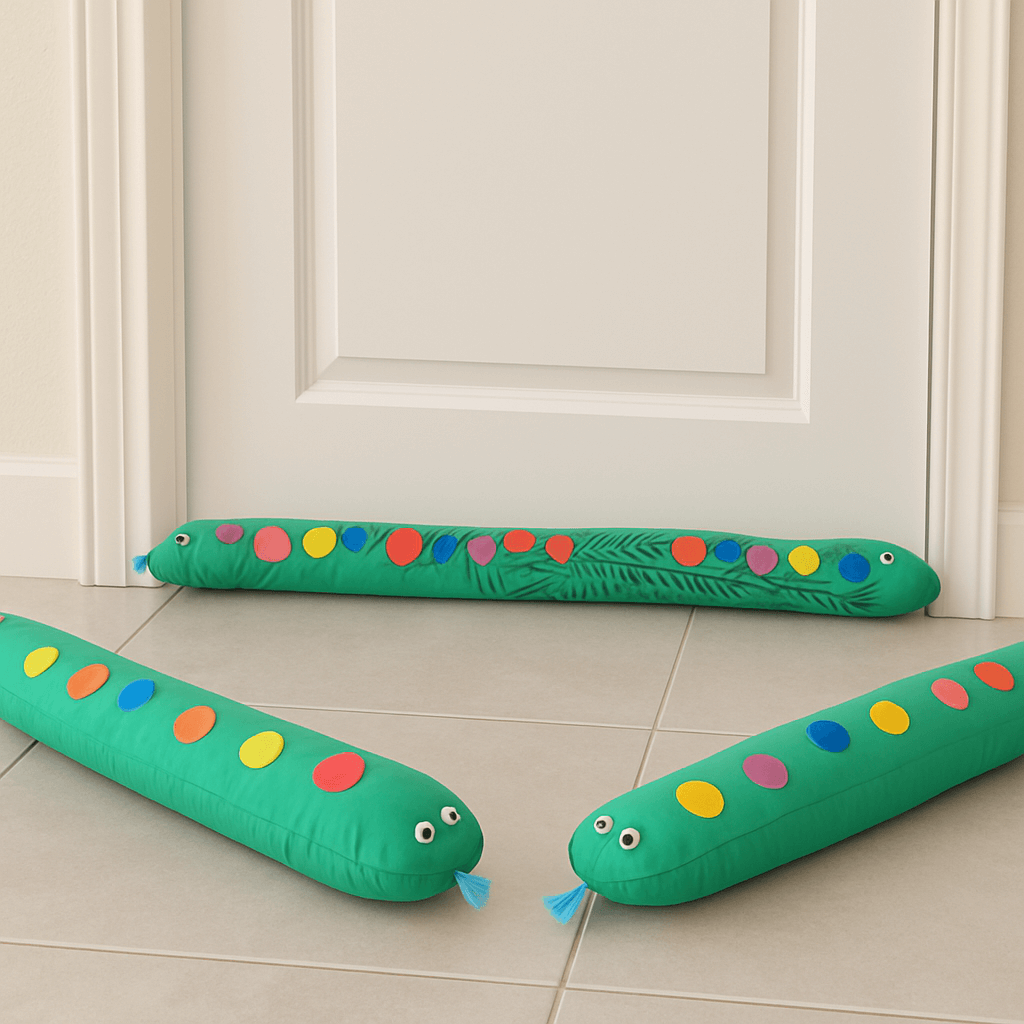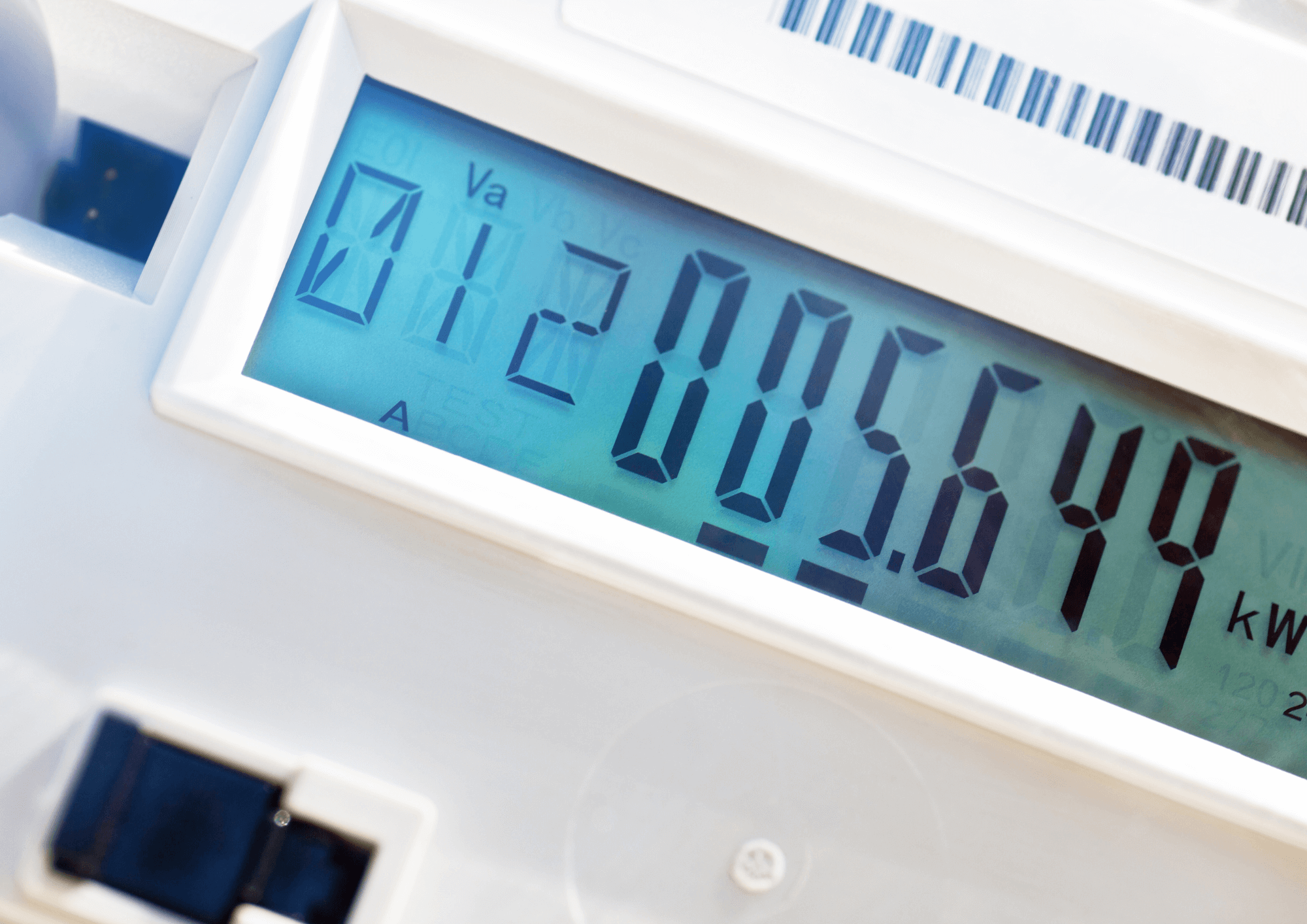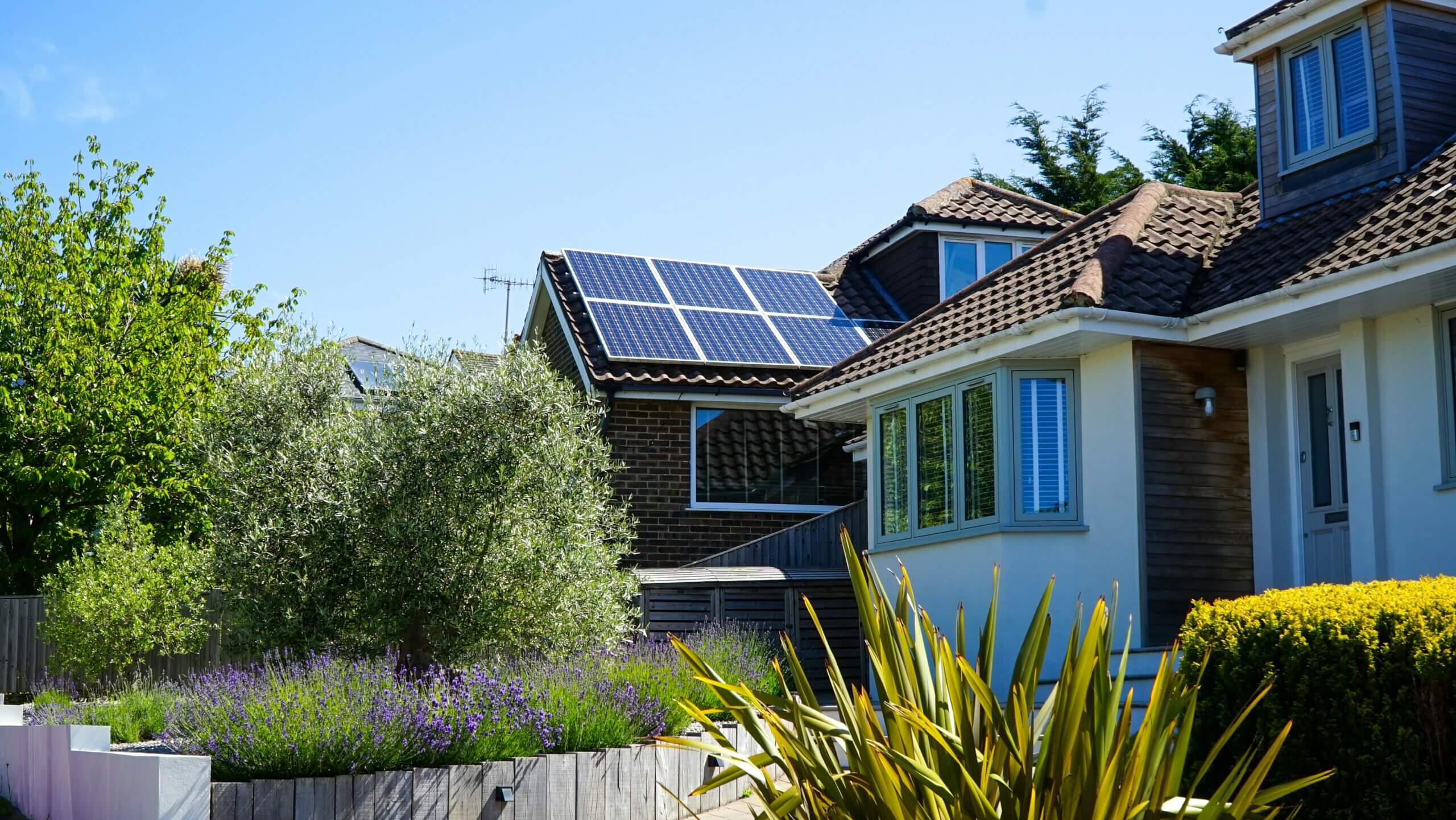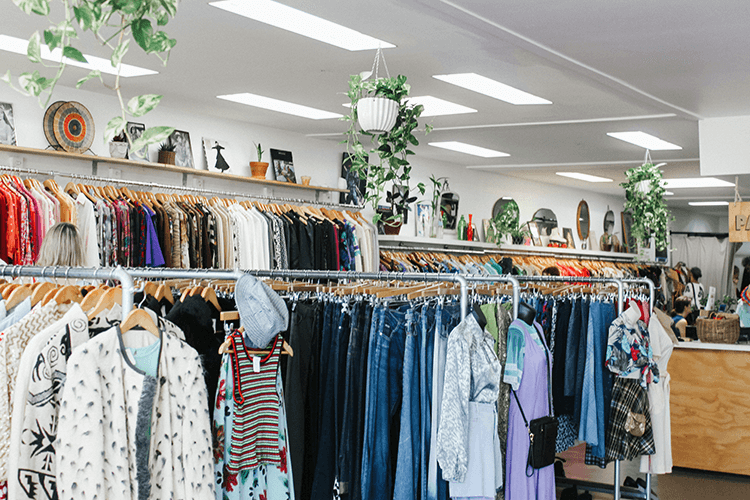REDUCE WASTE
How to manage food waste at home
Live for Less looks at some ways to dispose of your food waste more sustainably, and we ask the local waste experts at Cleanaway and Nu Grow about how households might be doing it in the future.
As this excellent graphic by Foodwise shows, continuing to let our food waste end up in landfill is not a very good idea. Given that in Australia we bin up to 20% of edible food before it even reaches our plates, Foodwise offers some good tips on buying less of it to start with. These include writing a shopping list, not shopping when hungry and changing habits such as avoiding takeaway dinners at the last minute.
But what about scraps and waste from the food that we do use? Here are some tips.
Backyard Compost Bins

The benefits of a compost bin in your backyard are two-fold: you can dispose of food waste sustainably, and it produces good stuff to put on your garden.
For a compost bin to work, remember that you need more than just food scraps. A balance of both nitrogen products and carbon products are required. Nitrogen products are fruit, vegetables and fresh green grass clippings. Carbon products are things like dried leaves, paper towels and small twigs and sticks.
Brisbane City Council has a good guide on how to get started and how to layer these two different product types in your bin.
When choosing a compost bin, there are bin or barrel types. While the cheaper open-bottomed bin sitting on the ground is the classic choice, the rotating barrel/tumbler type of composer is becoming more popular as prices come down.
Barrels are designed make it easier to turn the compost, which is much easier than attempting it with a shovel in a ground-based bin. They also speed up the composting process because they trap more heat and make it easy to mix the materials.
Home worm farms
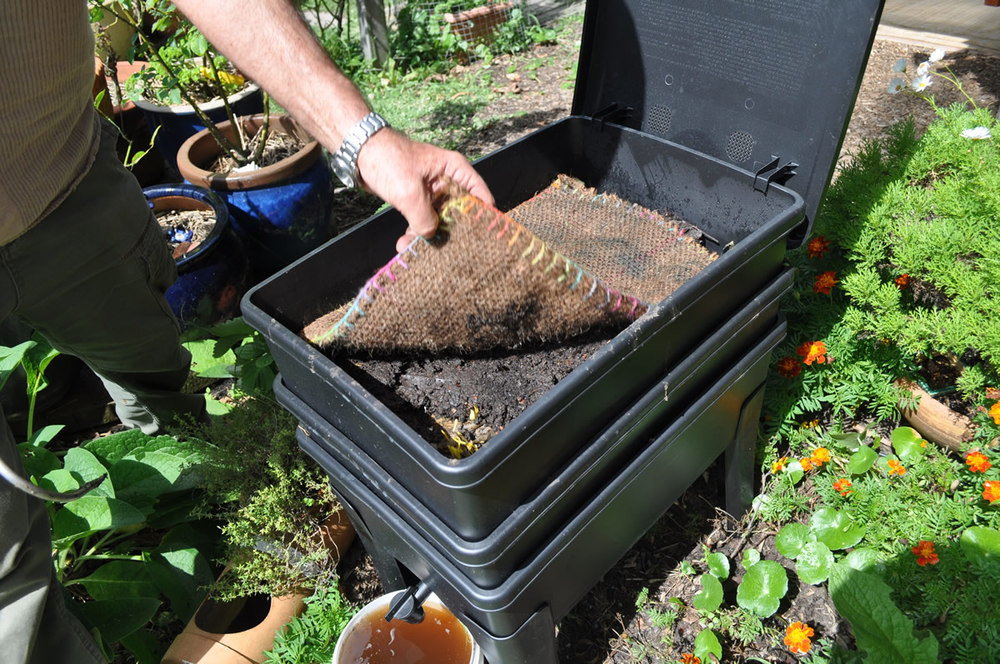
Worm farming is another popular choice for composting kitchen waste. It all happens in a box which can be placed indoors or outside, making it a great option for people on small lots and in townhouses.
Worm farms are very efficient and compact fertiliser factories. One farm can consume the food waste created by a typical two or three-person household.
Worm farms produce two forms of fertiliser: worm juice, and casings.
Worm juice (also known as worm tea) is what accumulates in the bottom tray of a two-tier worm farm. In diluted form, plants love worm juice and it can be used like regular garden fertilisers you would buy off the shelf. The casings are a dark soil-like matter that the worms produce as they consume your food scraps. These make excellent fertiliser for all types of gardens and lawns.
A common question: DIY or buy ready-made? Hardware stores and garden centres sell a range of worm farm supplies including the basic two-tier or three-tiered boxes that will house your worms. But you can save some money by building your own enclosure, as per this handy DIY guide.
Community compost hubs
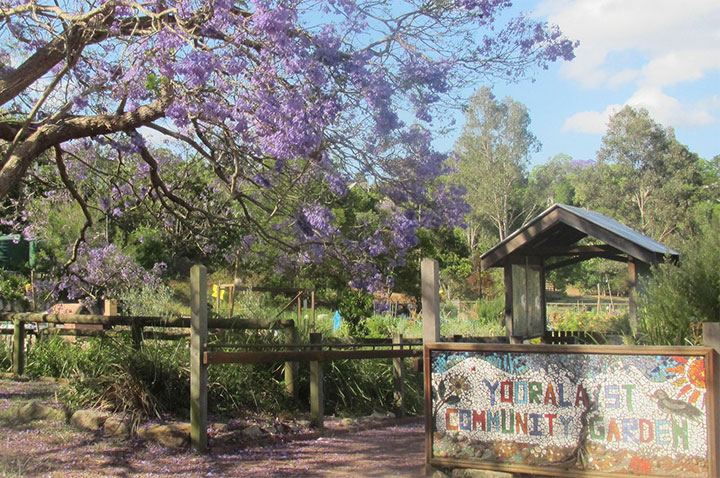
For those of us living in flats or units, a backyard composting solution is often not feasible. This is where community composting hubs can help.
Brisbane City Council currently partners with over 20 “community gardens” around Brisbane to help residents turn kitchen scraps into compost. You can find locations and register online at Council’s community composting page.
As a registered participant, you receive a free kitchen caddy to help you collect and transport scraps to your local composting hub. The finished compost goes to the community garden.
You might want to just leave it at that, feeling good in knowing that you’re disposing of your food waste sustainably. Or you could take it another step and become an active garden member. Members contribute to the garden’s upkeep and share in the herbs, fruits and /or vegetables that the garden produces. The rules around harvesting produce vary between gardens, so it’s best you ask at your local garden first.
As well as a sustainable way to manage your food waste, these community garden hubs can also be very social places where residents can meet neighbours and make new friends.
Food waste: Where to next?
We asked some experts in the waste industry about what the future holds for household food and organic waste.

Peter Thompson, the Head of Environment, Governance and Business Excellence for organic waste recycler NuGrow, says his company has been involved in a successful trial with one council to expand the role of the green wheelie bin.
“Not only are you allowed to put in green waste from your garden, but also food scraps and leftovers, animal manures, coffee granules and so on. We were a finalist in the Banksia Sustainability Awards for that project.”
He notes the concerns some people have around possible bin odour.
“Some people worry that such bins are not viable because after three or four days they’re going to smell putrid due to things like meat that are going to be in there. But we found in our trial that this isn’t the case. And the bins can also be designed to minimise any potential odour, such as having vents or a false floor so there is continual air flow.” He also points to an example in one city where residents are using biodegradable bags in the kitchen for food waste, which they seal before placing it in the dedicated outside bin.
Peter says an expanded role for green bins is already common practice in some countries.
“I think in the future it will become common practice here, like yellow recycle bins are now. Remember that 15-20 years ago we didn’t have recycle bins at home but now they are just a normal part of how people manage their waste”.

Neil Perry, General Manager Solid Waste Services Queensland for Cleanaway, likewise sees green bins taking on this expanded role over the next ten years, in what the waste management industry calls a FOGO service (Food Organics Garden Organics).
He notes that apartment buildings present a bit more of a challenge than freestanding homes.
“There’s no green waste generated in apartments, other than to a limited degree on balconies and on the rooftop perhaps. Quite often the bins are on the bottom floor, your standard wheelie bins or larger bins. I can see some of those waste bins being converted for food and organic waste material but residents will still need to make the trip downstairs. Some buildings have garbage chutes, but obviously you can only put one type of waste in them.”
He says education is the key to encourage apartment residents into sustainable habits for food waste. “The body corporate and apartment managers will have a role to play in educating people, particularly newcomers. Clear information on what goes where. And helpful tips to develop your routine, like using a third container such as an ice cream tub for your organic waste such as peelings and scraps because many under-bench tidies only have one or two compartments.”
More broadly, he says the public will to better manage our waste is already there.
“We’ve come a long way. Like yellow recycling bins for example. And the recent uptake of green garden waste bins. I think we can build upon that. Kids are learning about sustainability in schools and implementing that at home. At Cleanaway, for example, we undertake an education program for schools on smart shopping and how to minimise packaging and recycle correctly. People really want to do the right thing and make a sustainable future possible.”
For more information, read this article on Smart Solutions for Managing Food Waste at Home.
Content update: March 2023
The above interviews with NuGrow and Cleanaway took place in 2020. Since then, Brisbane City Council has launched a trial program of the Food Organic Garden Organic (FOGO) green bin service in select areas of Brisbane. Learn more about the Brisbane City Council FOGO bin trial.

The author
This post was written by the BSA Sustainable Living team! We’re here to help you reduce your environmental footprint and lower your cost of living along the way.

